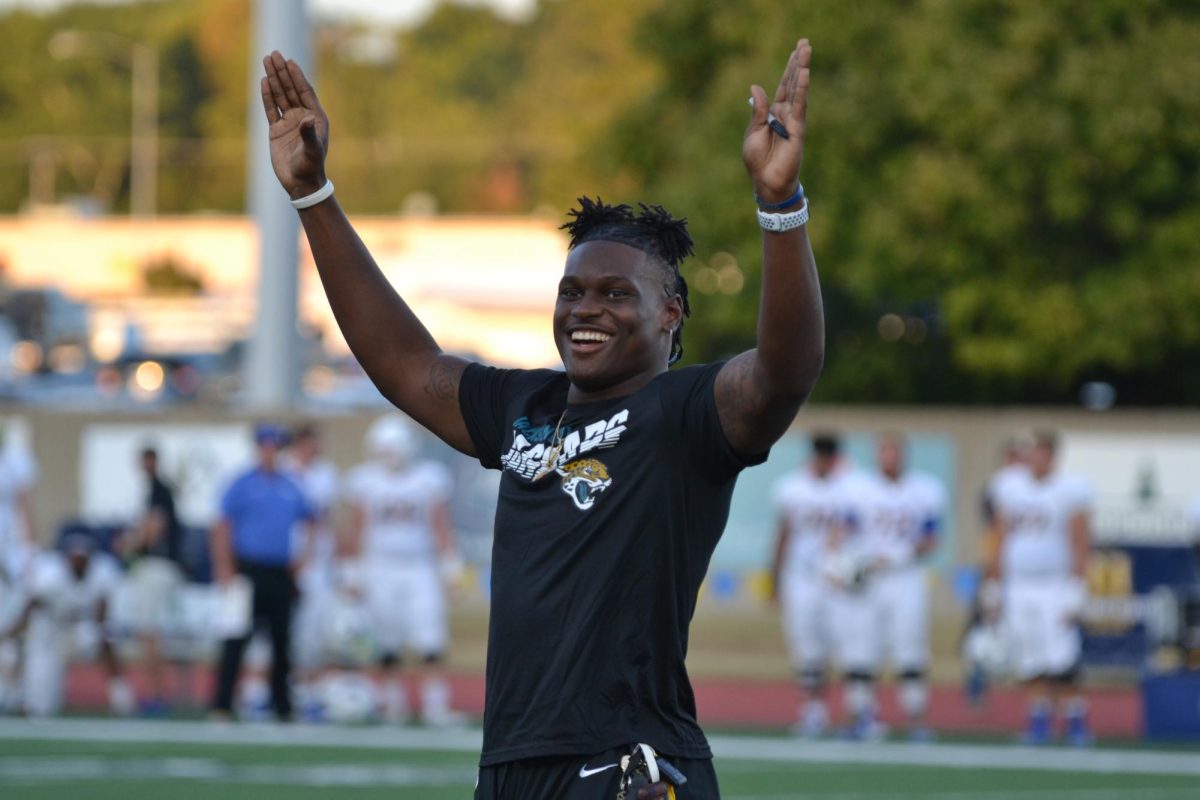More than 45 years ago, collegiate sports changed forever.
In 1972, President Richard Nixon signed a document that would revolutionize gender equality forever. The law, known as Title IX, required that any educational institution that received federal funding could not discriminate against individuals on the basis of sex.
The federal mandate was established in order to sanction equal opportunities and to forbid sexual discrimination against women in the classroom and in work environments. Yet perhaps the most substantial effects from the law occurred in the realm of college athletics – both for the good and the bad.
Before Title IX’s inception, there were around 32,000 women participating in collegiate sports, but since that mandate has taken effect, that number has skyrocketed to over 150,000 female competitors. The law has also made an unmistakable impact in regards to athletic scholarships. Prior to Title IX, athletic scholarships for women were scarce; now there are over 10,000 scholarships awarded annually.
Title IX requires institutions meet one of three criteria in order to maintain compliance. They can either show that the number of female athletes is proportionate to the collective female enrollment, they can demonstrate a history of expanding sports for women or they can prove that the athletic interests of the student body are being met.
Murray State adheres to the criteria which requires them to provide equal participation opportunities to men and women that are proportional to the amount of full-time undergraduate students attending the university. That means the school is expected to remain within one percent of the ratio of men to women participating in athletics.
That obligation leaves Murray State Athletic Director Allen Ward responsible for dispersing the opportunities equally so as to keep the school in compliance with Title IX and in order to continue to garner federal grants and aid. As of 2016, Murray State’s ratio of men’s to women’s sports totalled 58:42 in favor of the women.
“The trend for the university, up until a couple years ago, was continuing to trend higher on the female side,” Ward said. “That affects me as well. So I was joking, ‘Hey, go recruit some more male students’, because we were at 58:42 and that’s a pretty good gap.”
Although Title IX is a federal requirement, Ward said he doesn’t enforce it through that lens. He views equality in sports as a simple, fundamental principle paramount to any legal requirement.
“Personally, I don’t look at Title IX as much as a mandate,” Ward said. “For me, it’s the right thing to do. If I’m going to have a sport, whether it’s men or women, I’m going to treat them the same and I’m going to provide them with the same opportunities. I don’t want to have someone out here that is not given a chance to be successful. So for me, there’s just a right way to go about doing things.”

Despite the continued progress in obtaining gender equity over the past several decades, there have been some ramifications. As universities strive to promote additional opportunities for female athletes in order to bridge the gender gap, some male sports are left to pay the price.
Men’s programs— from swimming, to soccer, to tennis— have faced unfortunate cuts in order to accommodate the expansion of women’s teams. According to “athleticscholarships.net”, hundreds of low-revenue men’s programs across the country have been cut in order to remain in compliance with Title IX.
Murray State hasn’t been immune to this national trend. In May of 2016, Ward was forced to cut men’s tennis in response to state budget cuts and in order to remain in compliance with Title IX requirements. He said when he evaluated the school’s athletic programs to make a cut, men’s tennis was the unfortunate martyr; not only because of the budget cuts and other factors, but because cutting a non-male sport would’ve skewed the Title IX equation.
There’s no doubt it was considered,” Ward said. “When we evaluated our sports and evaluated tennis, I had to make sure we maintained Division I membership. I had to make sure it was not going to affect our compliance with Title IX. I looked at what our participation ratios were. I looked at where we were getting those kids from, and honestly, I looked at how successful we were. And because it was budget cuts, whether it would provide the savings that we needed to meet what our obligations were. All of that fit, but I hated it.”
The expulsion of the men’s tennis program wasn’t the first time Ward was involved with eliminating a sport for the mandate’s sake. When he worked for the University of North Texas, the school was faced with maintaining Title IX compliance, so they were consequently forced to cut their men’s soccer program.
Schools that offer football can face an even greater conundrum. An NCAA FCS football program is required to offer a minimum of 63 full athletic scholarships, while FBS programs require 85. The large rosters necessary can sometimes upset the Title IX equation and hinder schools from being Title IX compliant due to the discrepancy in scholarship requirements. The largest scholarship requirement in a female sport is in women’s basketball at 15.
Ward said Murray State no longer struggles with balancing the equation because they’ve increased women’s opportunities to offset the roster burden, but if the football program was ever cut, he’d be vastly underrepresented on the men’s side.
“Football doesn’t create a burden for us right now,” Ward said. “It actually fits very nicely with our 95-player roster that we have within our numbers. People say, ‘Why don’t you do something with football?’; well for us, if I did something with football, then I’d have to add some sports back to be in compliance on the men’s side for us.”
While fundamentally the goal of Title IX has been to provide imperative opportunities to underprivileged female competitors, its effects have trickled down to create the inverse on the men’s side. Despite these loss of programs, Ward maintained that not all of these cuts can be attributed to Title IX.
“It would be an unfair generalization [to blame it all on Title IX],” Ward said. “I can’t say that Title IX has not impacted those sports, and that the decisions that administrators have made to eliminate certain sports haven’t been a part of the Title IX discussion. But I’m sure there are other parts to it too; like their budget, how successful they’ve been, or how popular they’ve been in the area.”
Despite that, Ward said he’s open to revision. He believes the 45-year-old mandate is antiquated, and that the biggest improvements could come in regard to scholarships. The NCAA mandates a 15 scholarship requirement in women’s basketball, and only 13 in men’s basketball. Scholarships in baseball were cut from 13 to 11.7, a 10 percent cut to their scholarship allotment.
“I don’t think it ever hurts to reexamine what you’re doing,” Ward said. “Especially when you’ve gotten to a point to where you feel some real progress has been made and there has been a real change in the mentality as far as how you address the women’s sports. Let’s make it a positive rather than a negative. Title IX and gender equity for some can easily become a negative.”
There’s no question that Title IX has unequivocally changed the landscape of collegiate athletics. Gender equality and heightened opportunities for people of all colors, genders and backgrounds is imperative to the development of a level playing field – and when those teams are winning as much as they are, it makes it easy.
“I’ve got an outstanding soccer team,” Ward said. “What Jeremy [Groves] has done is amazing. Forget Title IX. I’ll look at people and say, ‘Now you tell me how I can go to those young ladies and tell them I’m going to treat them any differently’. Same thing with my volleyball team and Rechelle [Turner] and women’s basketball. I just don’t see it.”



























































































